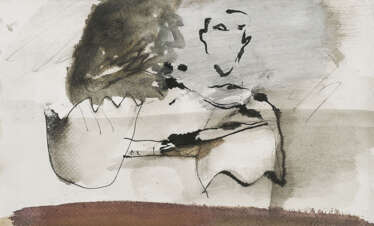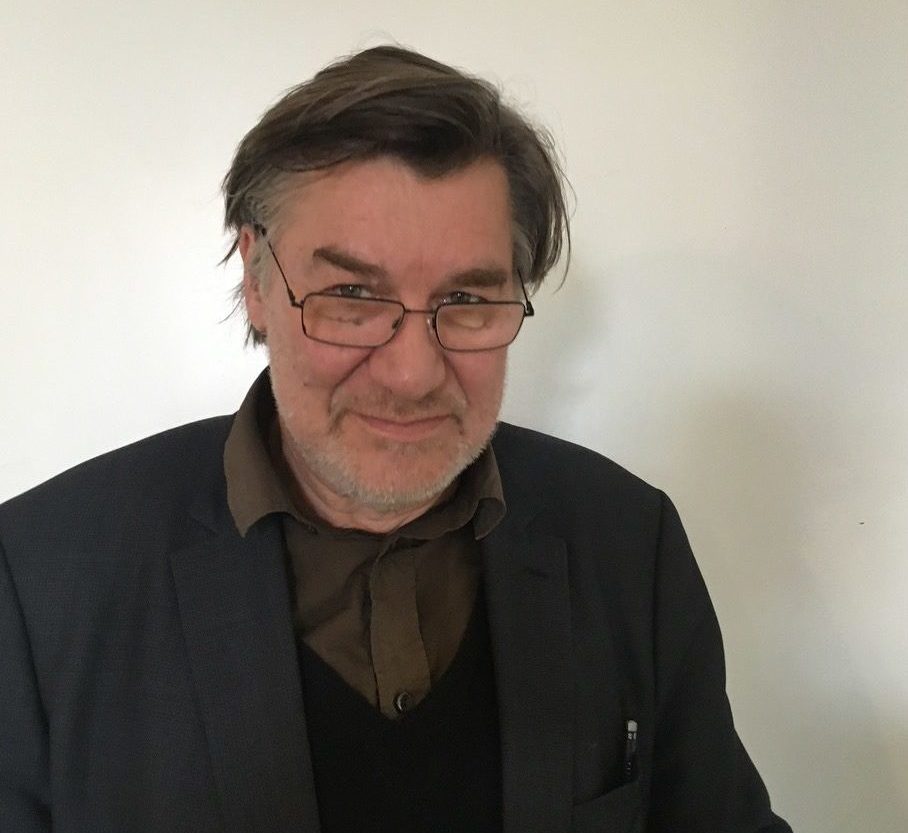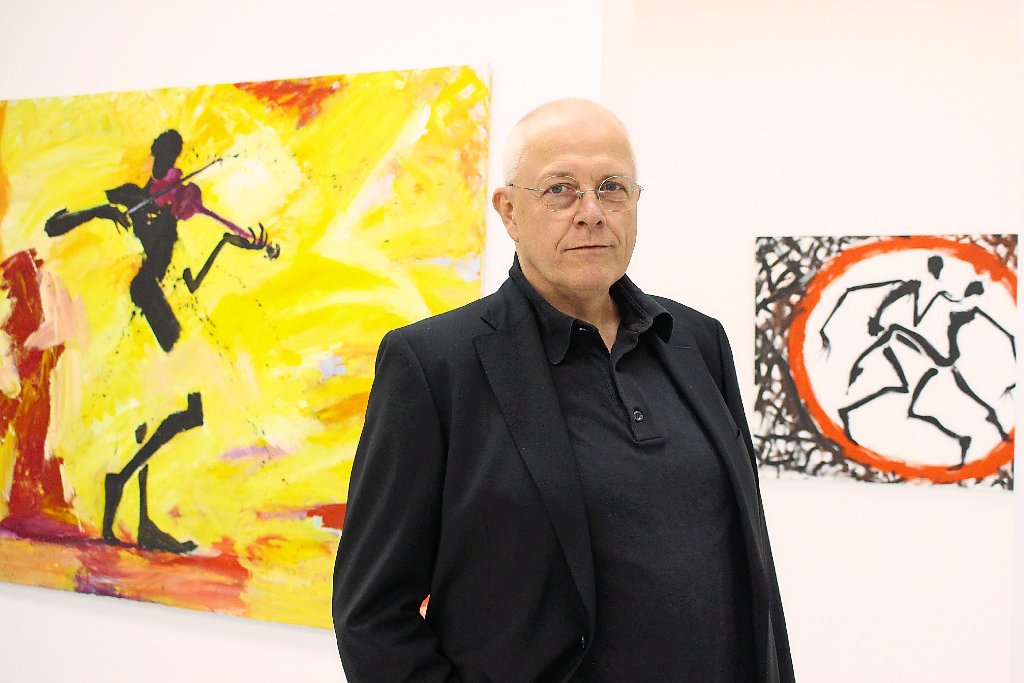
Post War — A1200 - Discoveries
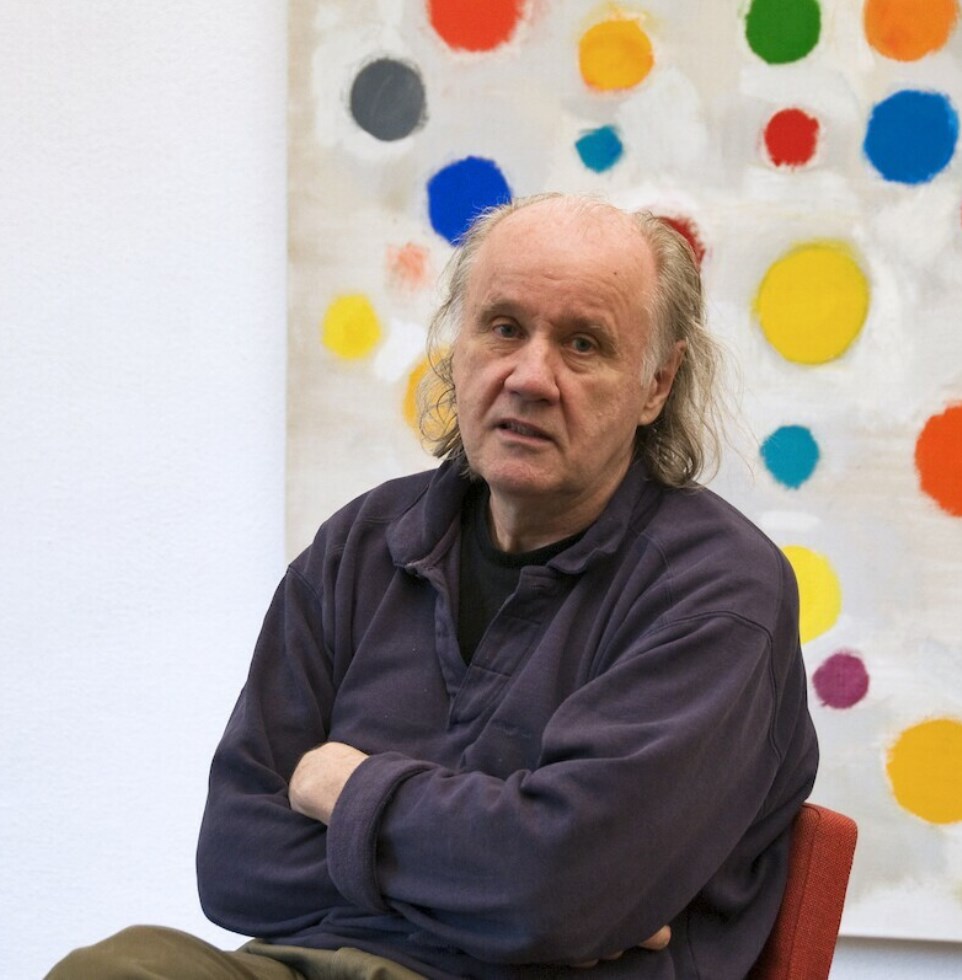
Jerry Zeniuk, a German and American artist of Ukrainian origin, is celebrated for his pioneering role in the realms of analytical, fundamental, and radical painting, movements that flourished primarily in the USA, Italy, and Germany during the 1970s. His art is distinguished by a meticulous focus on the essence of painting, exploring its potential and experiential spaces through a minimalist yet profound approach. Zeniuk's notable participation in documenta 6 in Kassel in 1977 underscored his significant contribution to these artistic trends, which has been recognized in numerous retrospectives.
Jerry Zeniuk's career includes an influential tenure as a professor at the Academy of Fine Arts in Munich from 1993 to 2011, further cementing his impact on the art world. His works, characterized by their subtle yet impactful exploration of color and form, have been included in the collections of prestigious institutions such as the Lenbachhaus in Munich, Neue Galerie in Kassel, Neues Museum Weserburg in Bremen, and internationally at the FRAC - Pays de la Loire in France and Kunstmuseum Winterthur in Switzerland, among others.
For collectors and art experts, Jerry Zeniuk's work represents a nuanced and intellectual approach to modern painting, offering depth and contemplation in each piece. His contributions have not only shaped the trajectory of contemporary art but also offer a timeless appeal to those who appreciate the layered complexities of visual expression.
Stay updated on Jerry Zeniuk's exhibitions and available works by signing up for newsletters tailored for art collectors and enthusiasts. This subscription ensures you remain informed about the latest sales and auction events featuring Zeniuk's work, providing unique opportunities to engage with the evolving landscape of contemporary art.
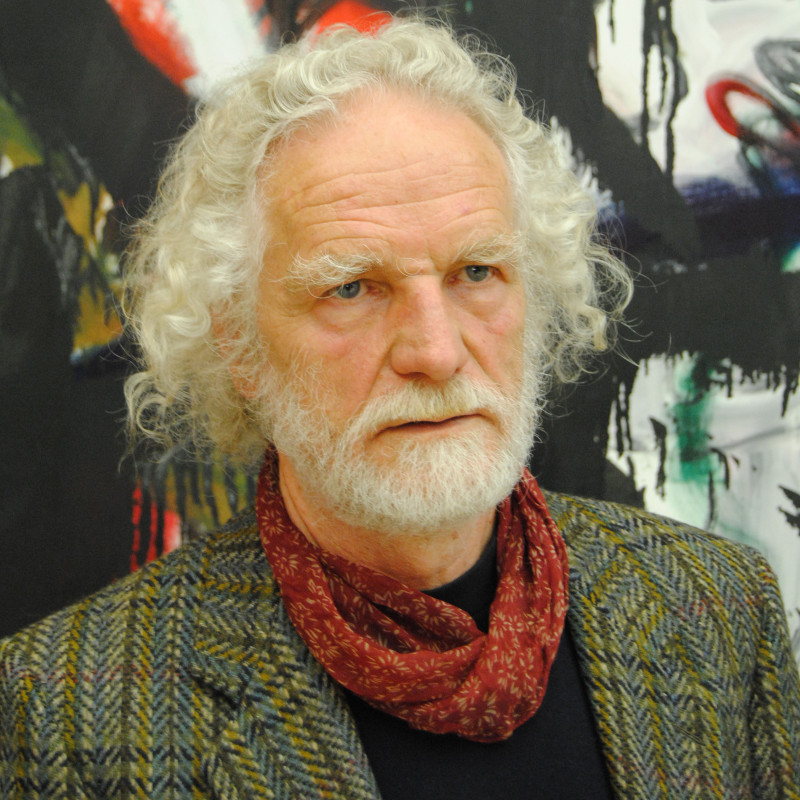
Franz Hitzler is a German painter, graphic artist and sculptor, one of the artists of the Spur movement, living and working in Munich.
He studied painting at the art school in Augsburg and at the Academy of Fine Arts in Munich, and founded his own studio in Asbach-Beumenheim in 1963. Hitzler's work is not cheerful, despite all its colorfulness. Color overtakes the viewer in menacing flashes. Figurative elements depict grimaces or monsters, often combined with forms of classical Christian iconography such as the crucifixion.
Hitzler is one of Germany's strongest and most important artists, with major museum exhibitions in Germany and the United States and book-catalogues from renowned art publishers. His work is widely represented in many public and private collections, especially in graphic arts museums.

Franz Hitzler is a German painter, graphic artist and sculptor, one of the artists of the Spur movement, living and working in Munich.
He studied painting at the art school in Augsburg and at the Academy of Fine Arts in Munich, and founded his own studio in Asbach-Beumenheim in 1963. Hitzler's work is not cheerful, despite all its colorfulness. Color overtakes the viewer in menacing flashes. Figurative elements depict grimaces or monsters, often combined with forms of classical Christian iconography such as the crucifixion.
Hitzler is one of Germany's strongest and most important artists, with major museum exhibitions in Germany and the United States and book-catalogues from renowned art publishers. His work is widely represented in many public and private collections, especially in graphic arts museums.
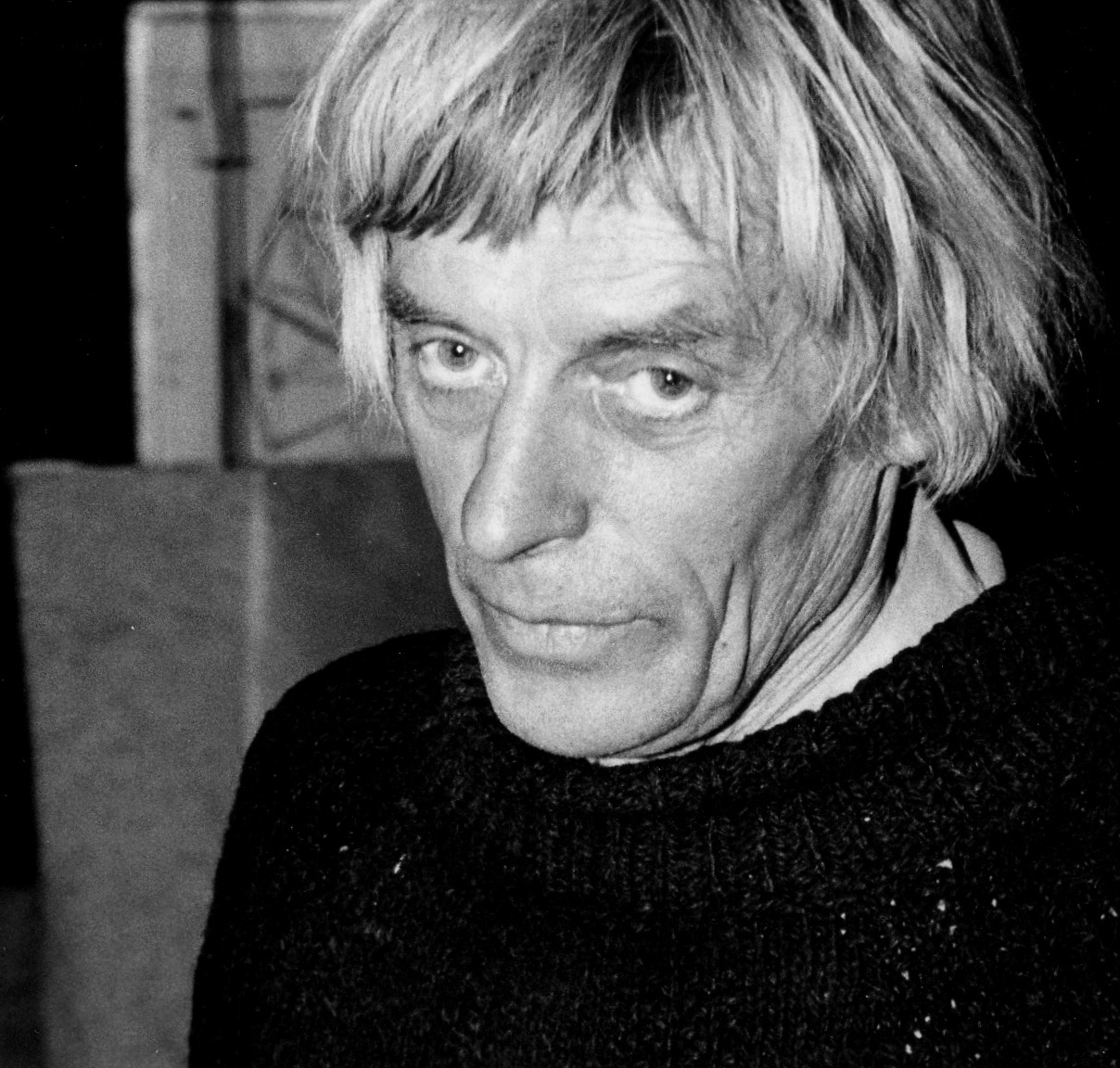
Hans Laabs was a German abstractionist painter.
He spent many years almost entirely on the Mediterranean Sea, returning to Berlin for the winter, and this greatly influenced his color perception. Hans Laabs mainly created small works on canvas and cardboard and depicted abstract color and formal compositions and coastal landscapes. Toward the end of his life he became interested in photography.
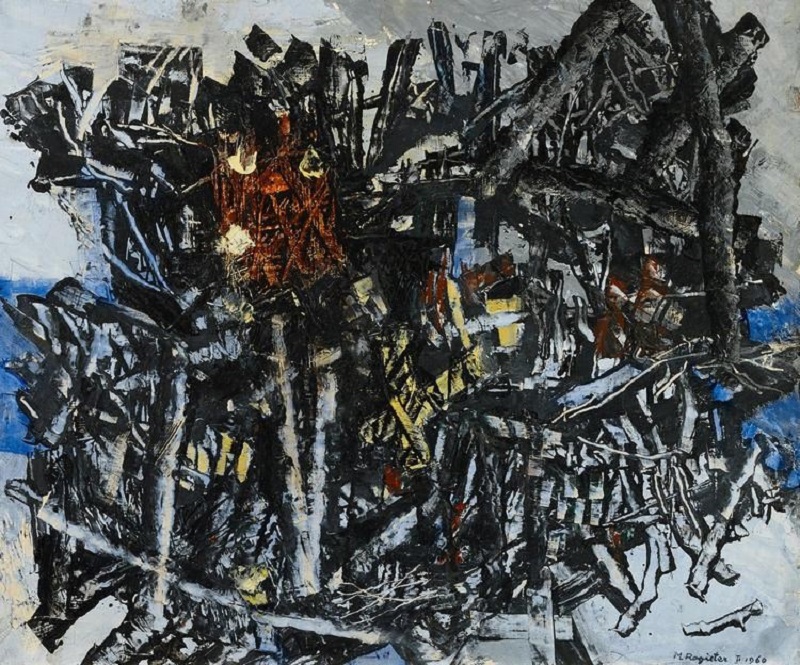
Marie-Louise von Rogister was a German artist and important painter of the Informel.
From 1920 to 1924 Marie-Louise von Rogister studied painting at the Kunstgewerbeschule Kassel. A trip to Paris in 1925 was followed by a study visit to the Academie de la Grande Chaumiere in 1929/1930.
Marie-Louise von Rogister's work developed from the representational to the abstract. Her oeuvre includes paintings in oil and acrylic as well as in wax crayon and pencil. Marie-Louise von Rogister's breakthrough came in the late 1950s with her "Braided Pictures". Areas of colour are overlaid with thread-like, black structures. The so-called "Horizon Paintings" in the 1980s marked a new artistic breakthrough: clear lines and strong colours dominated the paintings. It was also through them that Informal Art came to Germany.
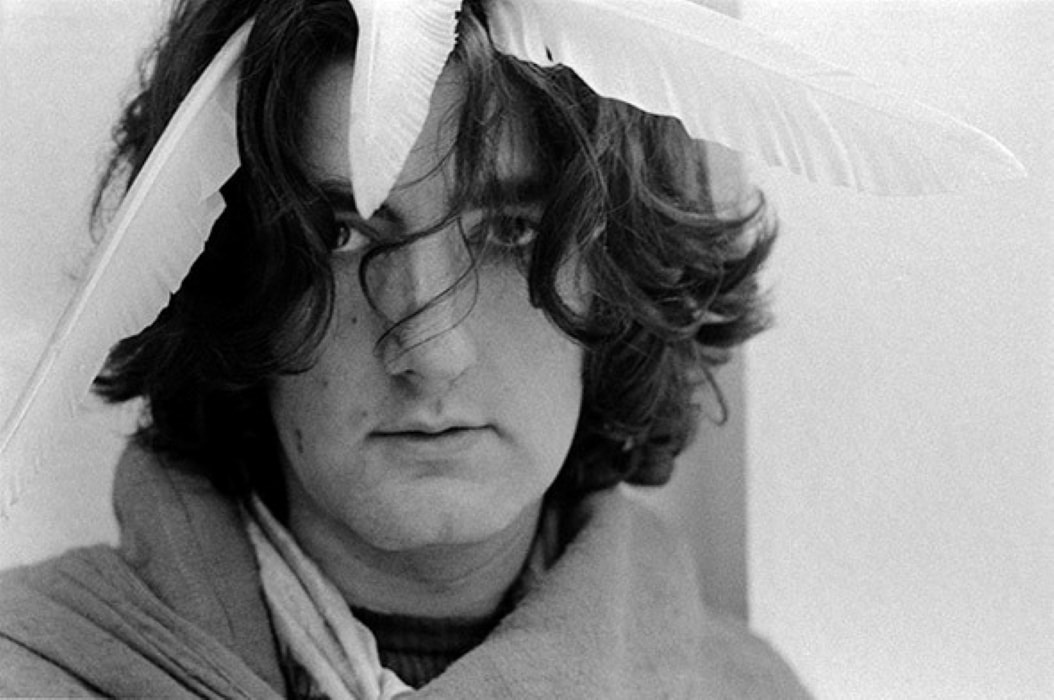
Michael Buthe was a German artist who lived and worked between Germany and Morocco. He exhibited widely throughout Europe during his life and is known for his eclectic and prolific oeuvre which encompasses painting, sculpture, and installation.
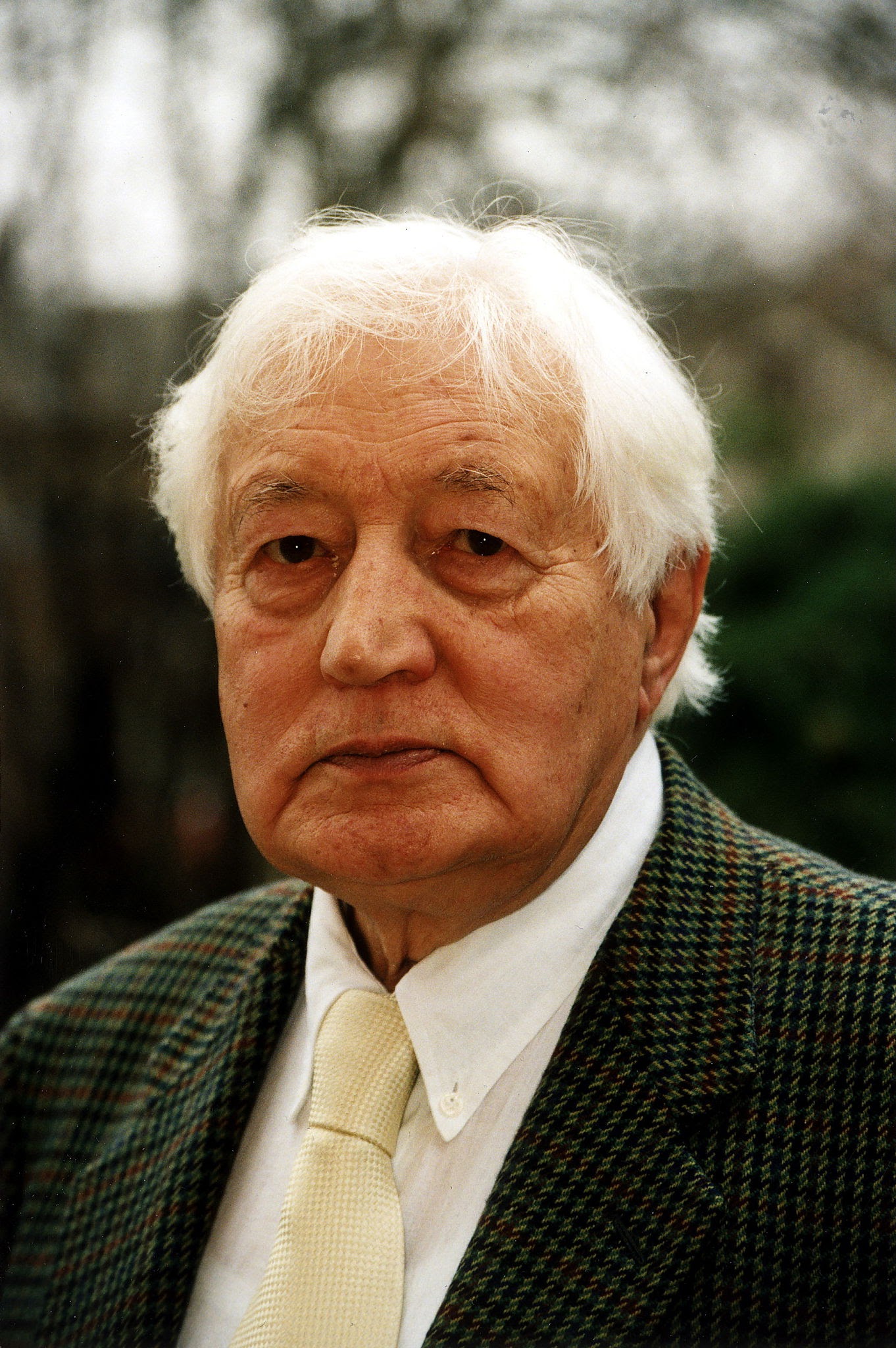
Siegward Sprotte was a German artist, writer and philosopher.
Originally Siegward Sprotte painted figuratively, including portraits of old masters and drawings. Later he devoted himself more to landscape, up to the ideogram and colourful calligraphy.
Sprotte has written many works on the subjects of art, consciousness and modernity, and is the creator of a new paradigm of "eye-to-eye".
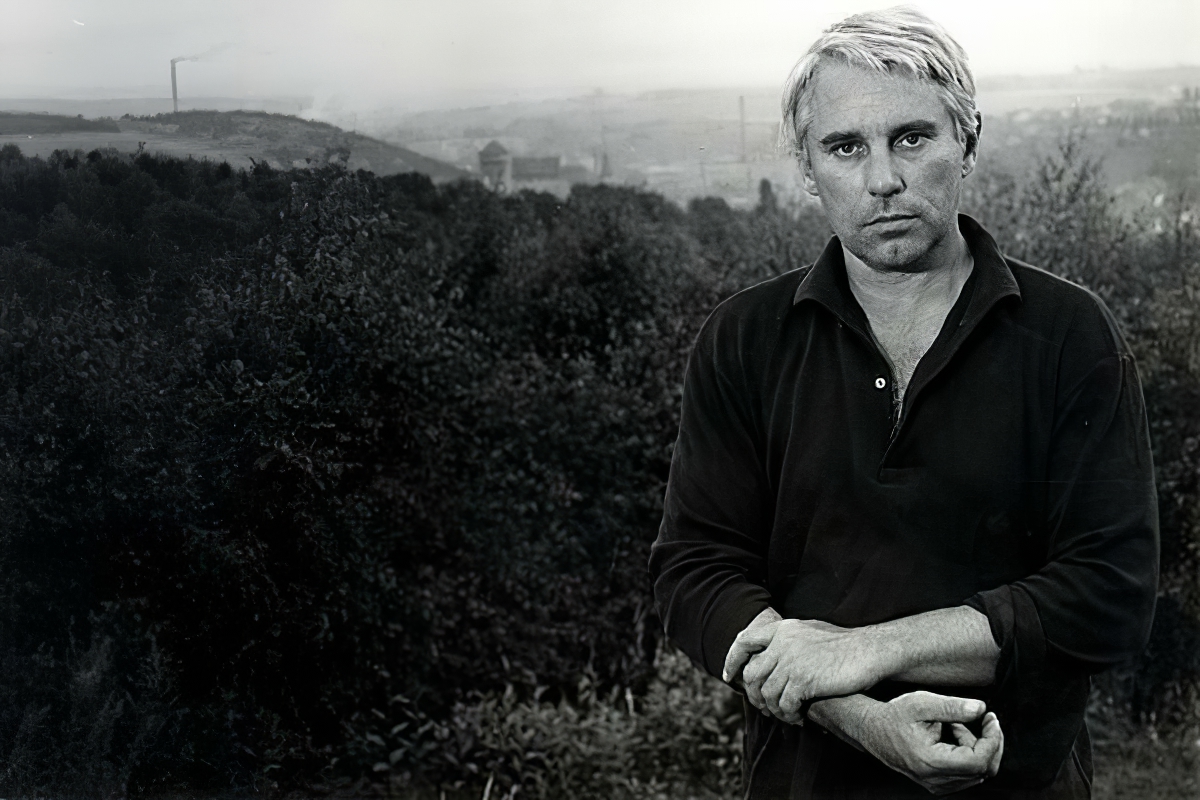
Karl Fred Dahmen is a German artist, one of the most important representatives of German post-war art and the Informel movement. In 1967 he took up the post of Professor of Fine Arts at the Munich Academy.
He painted expressive abstract pictures with a tectonic structure, and since the mid-1950s, relief paintings and collages on the damage to the local landscape caused by open-pit mining. Later in Dahmen's oeuvre, glazed object boxes appear, recounting the impressions of his daily working life.

Karl Fred Dahmen is a German artist, one of the most important representatives of German post-war art and the Informel movement. In 1967 he took up the post of Professor of Fine Arts at the Munich Academy.
He painted expressive abstract pictures with a tectonic structure, and since the mid-1950s, relief paintings and collages on the damage to the local landscape caused by open-pit mining. Later in Dahmen's oeuvre, glazed object boxes appear, recounting the impressions of his daily working life.
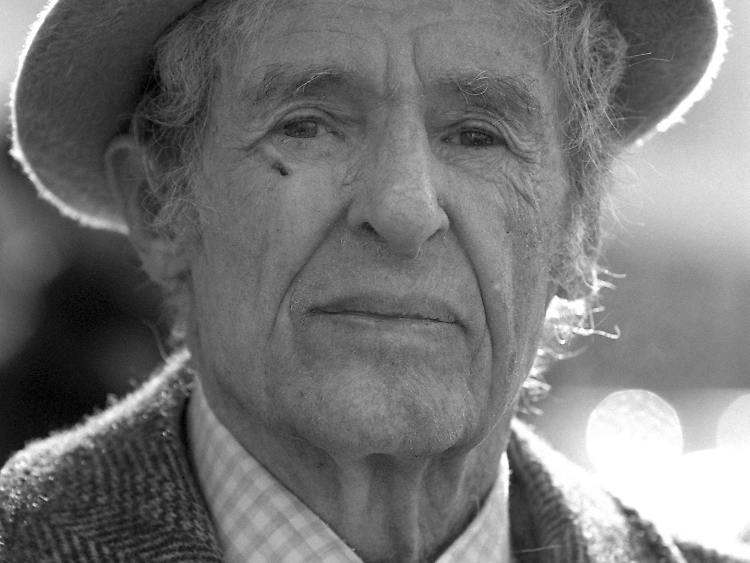
Rupprecht Geiger was a German abstract painter and sculptor. Throughout his career, he favored monochromicity and color-field paintings. For a time, he concentrated solely on the color red.
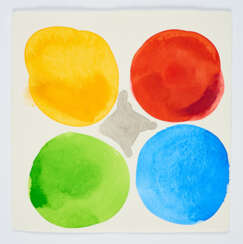

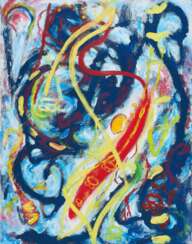

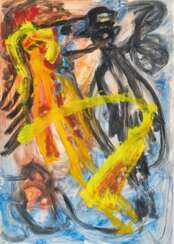

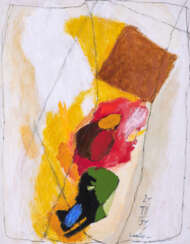



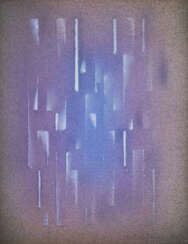

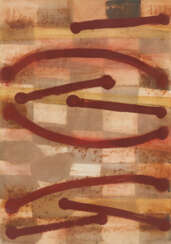

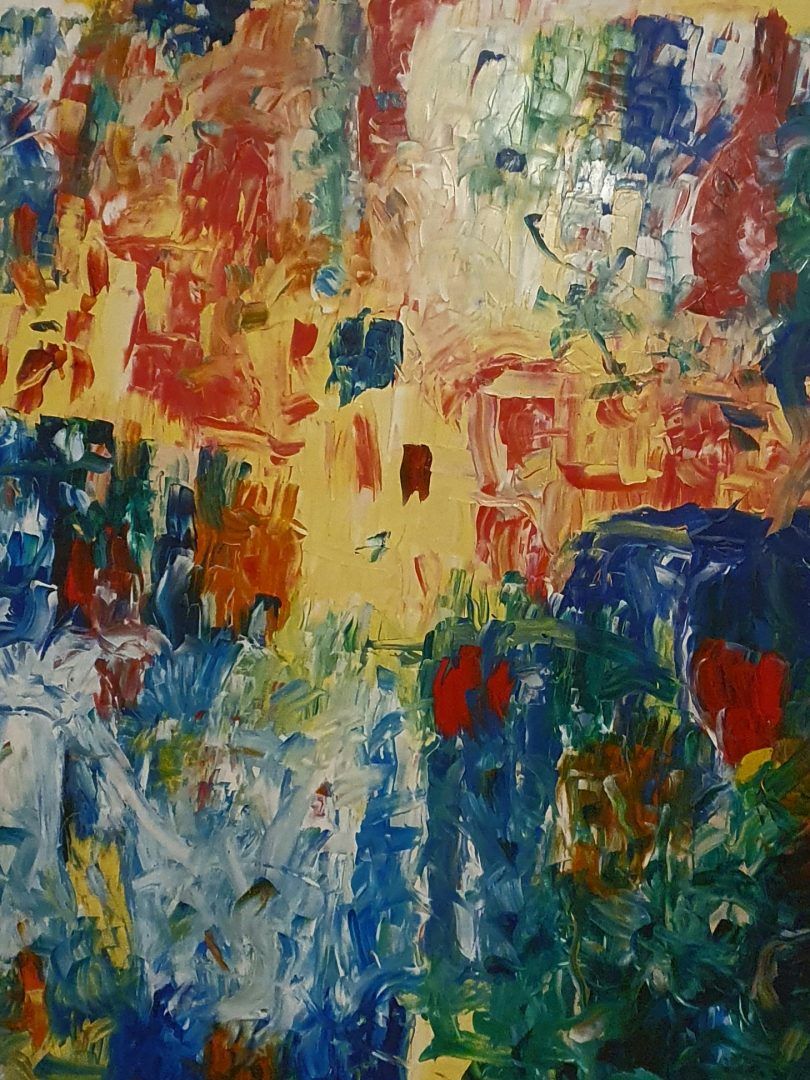
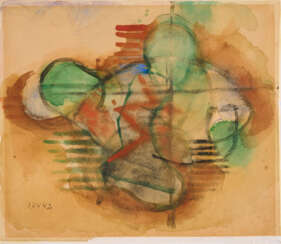

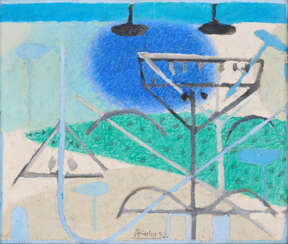

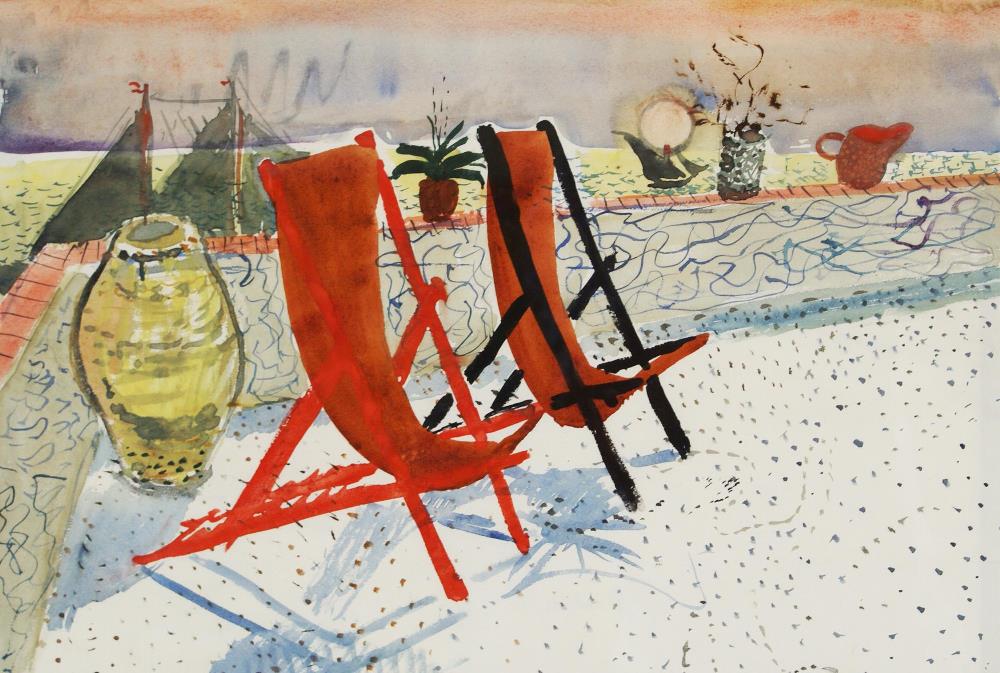
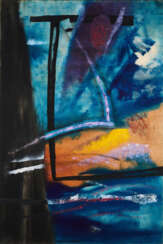

.jpg)
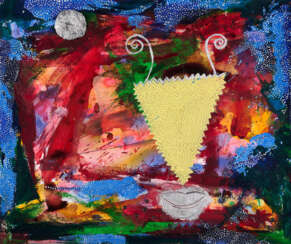

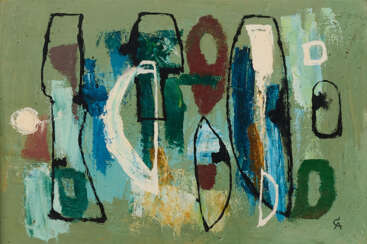

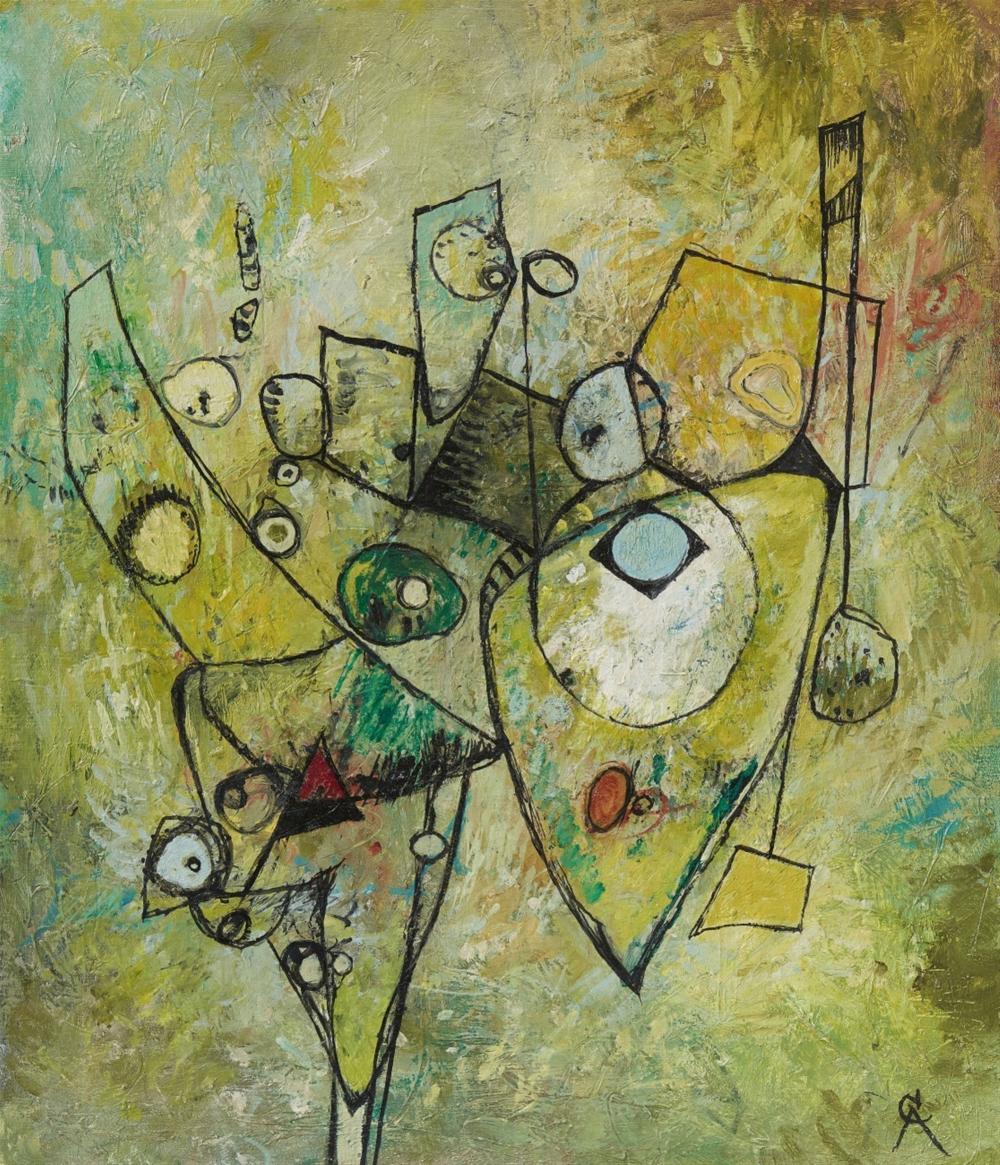
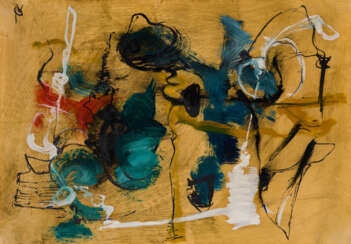

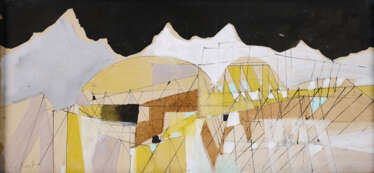


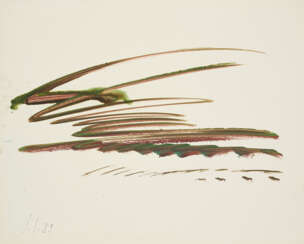

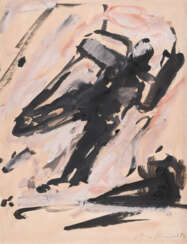

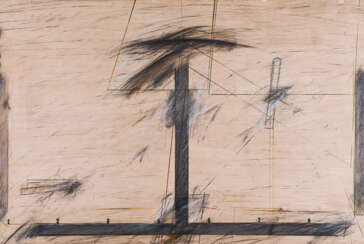

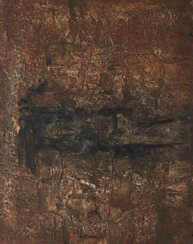

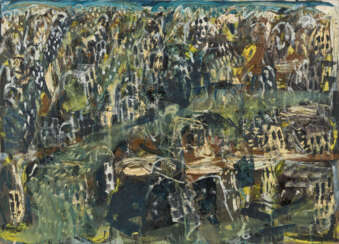

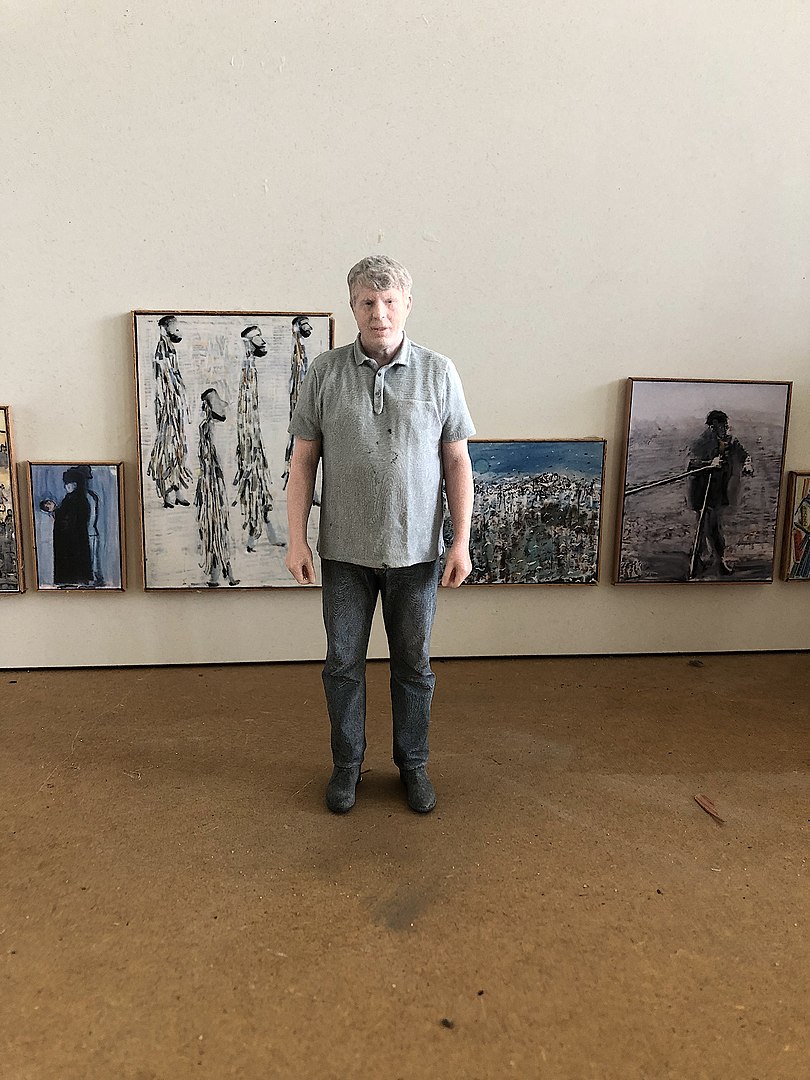
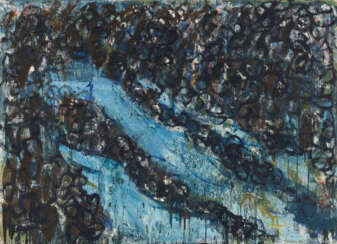

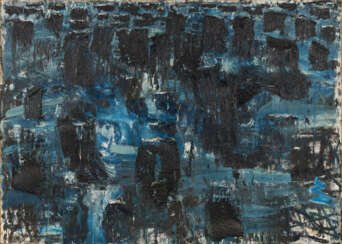

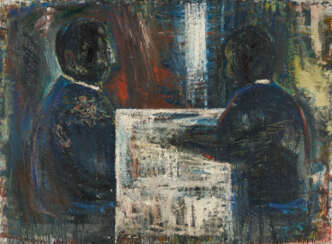

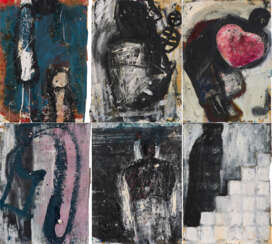

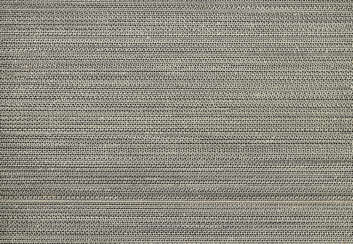

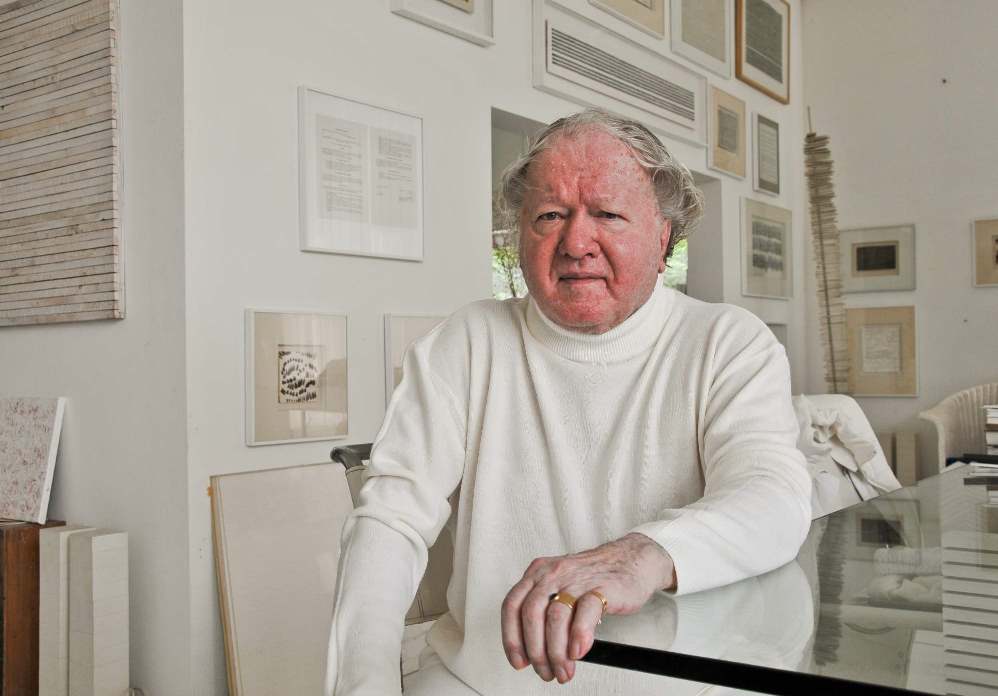





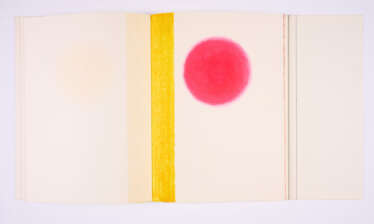

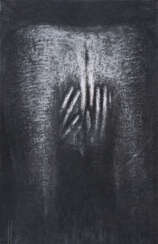

.jpeg)
